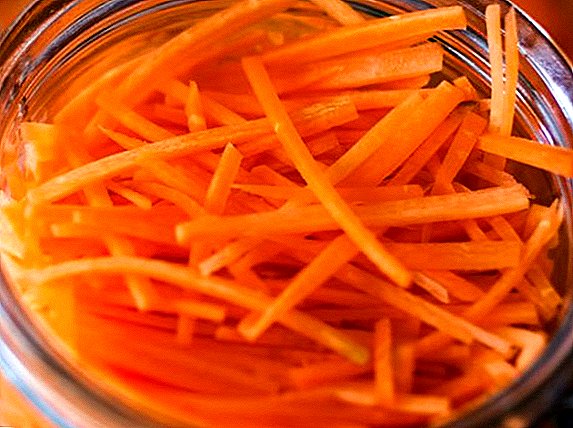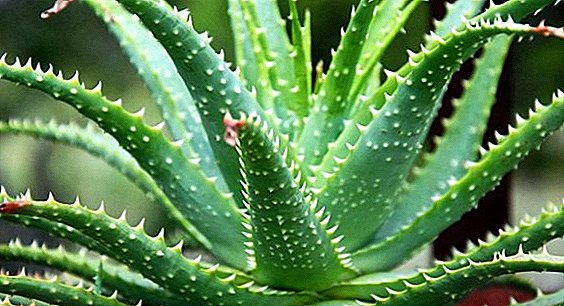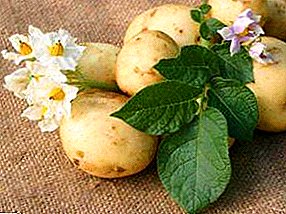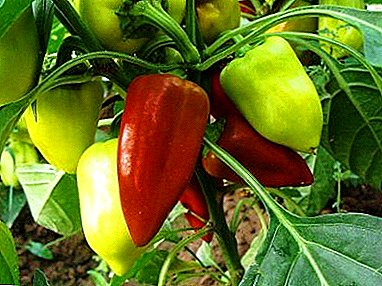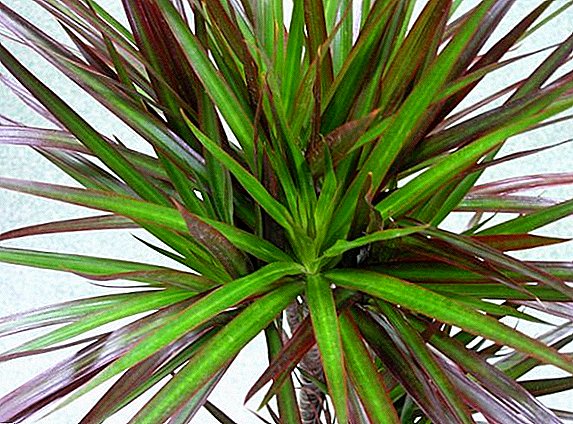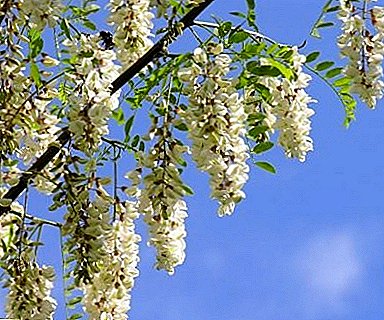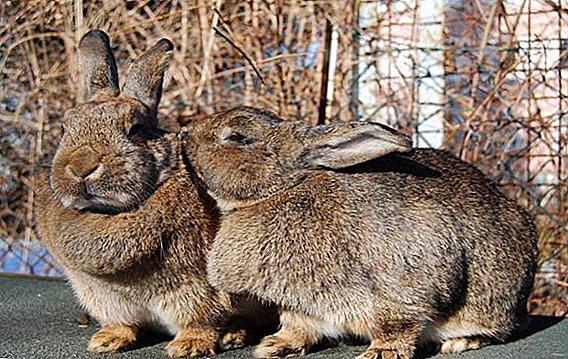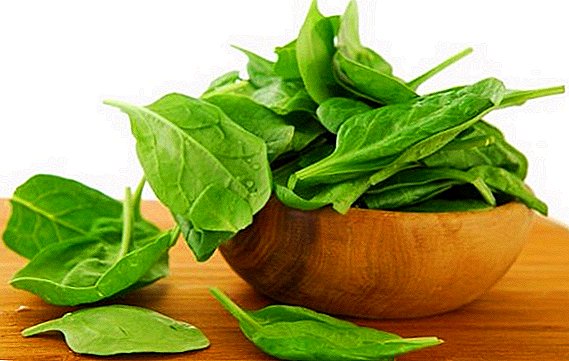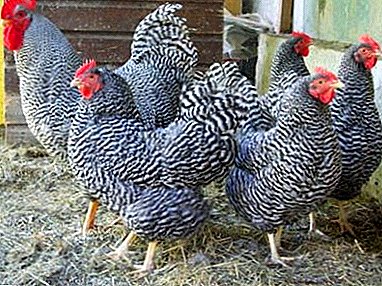
Breed Plymouthrock is considered the pride of American breeding. As a result of crossbreeding, scientists managed to derive an almost perfect look: chickens quickly gain weight, have tasty meat and high egg production.
Today, there are 8 subspecies that differ mainly in color. What are the specifics of Plymouth Brooks? Facts and details.
The origin of the subspecies
Breed Plymutrok known since the 19th century. It received its name in honor of the city of Plymouth and the English word rock - rock. For crossbreeding were taken Javanese, Dominican, Kokhikhinsky chickens and roosters from Spain. The first Plymouths were presented at the exhibition in Worchester in 1869, but the breed received official confirmation only in 1910. In the process of breeding, 2 main branches were distinguished: individuals for exhibition purposes and chickens for industrial breeding.
Breed signs
 Representatives of the breed have a strong yellow cropped beak. The eyes are deep orange and should definitely shine. Another distinctive detail is the low scallop with 5 gaps in the form of a leaf. Earrings are small and oval.
Representatives of the breed have a strong yellow cropped beak. The eyes are deep orange and should definitely shine. Another distinctive detail is the low scallop with 5 gaps in the form of a leaf. Earrings are small and oval.
The neck of the individuals is wide, densely covered with plumage. The wings are small, tightly pressed to the body. The plumage is thicker on the wings and thighs, the tarsus (middle part of the paw) is yellow, and the claws are light brown. The breed is distinguished by strong build and passivity of individuals. Plymouthrock's character is calm and quiet, chickens easily adapt to different weather conditions.
Color features
The predominant shade is dark (with a greenish tint), which alternates with a dull gray color. Among other distinguishing features of the exterior are:
- the presence of bands;
- on the ends of the feathers dark color;
- stripes alternate throughout the body of the bird;
- The bands with the same width are transversely across.
Differences from other types of hens
Layers of Plymouth striped breed are distinguished by a less developed brooding instinct than in white chickens. All representatives of the subspecies have the original color of the plumage - this is the main difference from other individuals (gray, pale yellow, blue, blue). Also, the bird can be distinguished by density and body weight: the English Plymouths are more than their American counterparts.
Characteristics and quantities
Representatives of the breed are slightly larger than other hens: the live weight of a rooster reaches 5 kg, and the chicken 3.5 kg. The weight of young stock by 9 weeks already reaches 1.5 kg. Egg production is high: from 1 chicken you can wait up to 190 eggs per year. The mass of each of them is not less than 60 g. The shell is colored soft brown. Level of hatchability of young stock - 80%. Safety of adults - 96%.
Advantages and disadvantages
 The advantages of the breed indicate high rates of productivity, adaptability to different conditions of detention, immunity to a number of diseases. In the hens, the instinct of the hen is well developed; all members of the subspecies are not prone to aggression.
The advantages of the breed indicate high rates of productivity, adaptability to different conditions of detention, immunity to a number of diseases. In the hens, the instinct of the hen is well developed; all members of the subspecies are not prone to aggression.
There are no major flaws in the breed. Among the minor drawbacks - the slow growth of feathers in young (lasts 6 weeks). The meat has a yellowish tint, which is not to everyone's liking (color does not affect the taste). A feature of the subspecies is the demands on the quality of feed. Lack of nutrition and vitamins leads to egg-laying.
Maintenance and Care Information
The requirements for the barn where the striped Plymouthrocks are kept are identical as for other poultry houses. Should control humidity and temperature. Inside the chicken coop should be good lighting and ventilation. For walking chickens, it is advisable to arrange empty seats on the territory (be sure to pre-fence the net).
It is recommended to set up special baths in the hen house - deep boxes filled with wood ash and coal dust. Bathing will help get rid of skin parasites (fleas, lupus). Pecking coal and ash normalizes the work of the stomach, saturates the body with microelements.
IMPORTANT! In order to speed up the process of young animals, it is possible to mix the ashes from the burnt feathers into the daily feed.
Feeding
The main component of the diet - chopped or whole grain. Usually hens are given corn, barley or wheat.
 In the daily diet should also be present nettle, pine meal, clover. Optimal mineral supplements - chalk, shells, limestone, bone meal.
In the daily diet should also be present nettle, pine meal, clover. Optimal mineral supplements - chalk, shells, limestone, bone meal.
Feed must meet the quality standards and do not contain impurities. In order to replenish calcium reserves, it is necessary to give cottage cheese or yogurt to chicken.
Chickens are allowed to give boiled eggs. Particularly beneficial for individuals are germinated wheat grains.
Breeding
The breeding instinct for striped Plymouthrocks is average. For incubation of eggs, it is advisable to take chickens of white breeds or use an incubator. The average hatchability of babies is 70-80%. At the age of one day, gender differences are already noticeable: in the hens on the head there is a black bright spot, in the roosters - a pale, without clear boundaries.
In the first month of life under the categorical prohibition of hypothermia, for heating and lighting the house can use an infrared lamp.
ATTENTION! In the first days of life, the chickens need to drip trivit into their beaks (1 drop for 10 days). It is necessary for the prevention of beriberi.
Plymouth brood is a breed that can be successfully bred both in household and on industrial farms. Individuals quickly gain weight, their meat is characterized by high taste.
Properly chosen food and compliance with simple rules of maintenance will allow you to grow a healthy bird with a high level of productivity.



